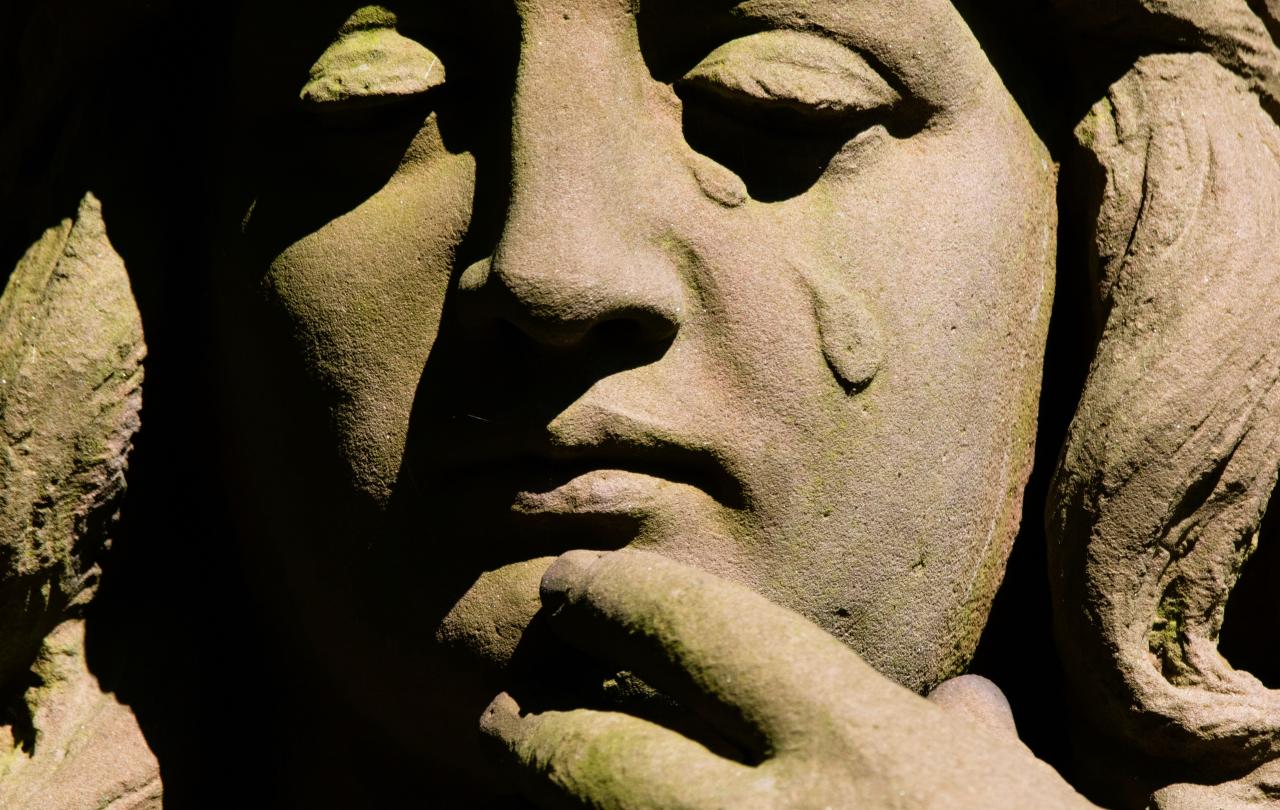
“Behold, the Lamb of God, who takes away the sin of the world.”
The words recited by the priest during the Eucharist as the chalice and host are lifted, inviting participants to fix their gaze on Christ, encapsulate the profound truth that what we gaze upon has inordinate power to shape us. It is a truth echoed not only in spiritual practices but also in our everyday experiences. In a world flooded with visual distractions, an age dominated by screens, this act of beholding is a counter-cultural reminder of the reality that our gaze determines our desires and, ultimately, the people we become.
Of course, our gaze is not limited to religion or technology; it also relates to culture, and our idols in music and sport deeply influence us for better or worse.
This truth became vividly real to me during our family travels through South America last summer. Our synaesthesically-rich itinerary of truly memorable encounters with the vast natural and cultural heritage sites of the continent coincided with Lionel Messi’s triumph in the Copa América. As a family we enjoyed witnessing the national celebrations of the football giant taking his foremost place in the pantheon of La Albiceleste – the Argentinian national team. As part of our backpacking through Argentina, we visited Rosario, the birthplace of the great man.
For my six-year-old son, the trip was a chance to step into the world of his hero. Visiting the modest house where Messi grew up, his kindergarten, the playground where he would have played, and the club he represented before moving to Barcelona and global fame was fascinating. But far beyond all these famous sites was the immediate visual bombardment of graffitied murals across the city’s walls celebrating his legacy, life and achievements. They highlighted how deeply intertwined Messi’s story is with the local and national consciousness. Navigating our way through these vibrant backstreets and billboards, our own human senses blurring in the Argentine cultural imaginary, we reflected on how we were also manoeuvring our way through a modern-day pilgrimage.
For the figure of Lionel Messi commands etheric resonances far beyond the immediate significance of his footballing career. His story is about more than sporting success, and as a cultural icon in Argentina he has now surpassed Diego Maradona. Messi’s journey conjures a strikingly messianic arc, encapsulating themes of death and resurrection. From his emergence out of humble beginnings before being flung into international stardom, his resignation from the national team amid public outrage to his triumphant and redemptive return, leading Argentina to World Cup glory.
Along our travels, we were surrounded by beauty; in creation, culture, and human creativity. This beauty and artistry also shines forth in Messi and his craft. Watching someone of such skill and elegance on the pitch, and such apparent humility away from the cameras, embodies the joy of the beautiful game. Messi’s place within the Argentine cultural imagination, as a social actor producing and reproducing a shared sense of meaning that verges on the spiritual, is also cemented in the country’s cultural delights. These narratives of new beginnings and flourishing are evident not only the vibrant street art, but also in the exquisite steaks and fine Malbec wine consumed in the fashionable Buenos Aires restaurants frequented by footballers and other celebrities. And, in the ubiquitous ‘Number 10’ football strips we saw worn by every second visitor at the breathtaking Iguazú Falls. This powerful symbiosis between Messi and the collective idea of ‘Argentina’ means that his triumph in 2022 became a communal act of redemption for a nation whose imagined identity is intricately tied to the sport, the culmination of a wider set of imagined bonds fostering a collective sense of belonging, meaning, and beauty.
Beauty and the Church
This appreciation for beauty resonates deeply with the Christian tradition. Beauty matters – not only in life but also in the Church, in worship, and in encounters with the divine. Just as Messi’s artistry captivates, so too should the Church inspire awe and wonder. The synaesthetic experience of Christian worship, the harmony of liturgy and sacred music, provides glimpses of the divine and transcendent beauty and is designed to draw the gaze upward, to behold Christ and his beauty. In the early Church, when Christians emerged from the underground catacombs and built churches and cathedrals, pagans marvelled at the beauty of the liturgies occuring inside. The order, reverence, and otherworldly radiance of Christian worship captivated those who encountered it.
The importance of beauty in worship echoes the Transfiguration, where Christ’s divine glory was revealed and transfixed his disciples. On Mount Tabor, Christ unveiled the divine radiance that transforms all who behold him, all who fix their eyes on him. The beauty of God transforms us when our minds are oriented toward God. This is not merely aesthetic – it is theological: our entire being is beautified. St. Maximus the Confessor argued that when our mind is oriented toward God, it is beautified by him, and as this beauty flows outward it also shapes and transforms our being. Conversely, when we turn our attention away from God, we lose this radiance and harmony, becoming shapeless and disordered.
Beauty, then, is not just a peripheral concern; it is integral to worship and formation, to our becoming fully human and being fully transformed into the image of God. The Church should be a place where we encounter the beauty of Christ, where the liturgy itself becomes an icon that draws our ears and eyes, minds, hearts, and bodies towards God.
The Redeemer gazing back
In our culture, we are drawn to watch figures like Lionel Messi, whose brilliance and beautiful artistry inspire devotion and cement collective cultural and even spiritual meanings. Yet, while football and an individual’s life story might inspire and unify, as we are reminded by Dietrich Bonhoeffer, they nevertheless remain penultimate. These worldly things, be they football, fame, or even national unity, cannot satisfy our deepest longings and thirst for ultimate meaning, and will ultimately fade away. In the wider spiritual imagination, these moments of beauty do however encapsulate a deeper, lasting reality, and so may point beyond themselves, toward the source of all beauty – God Himself. And this is where theology and the gaze converge, bringing us back to where we started: that what we choose to look upon shapes us profoundly. As we navigate a world filled with distractions and idols, it is a reminder that what we choose to behold not only reflects our values but also shapes the people we are becoming. The question is then, where – or rather at whom – are we directing our gaze?
Our South American travels culminated in Rio de Janeiro, at the feet of the iconic statue of Cristo Redentor. Standing atop a mountain, Christ himself gazes over the metropolis, the shimmering beaches, the favelas, and the Maracanã Football Stadium. With outstretched arms, the statue is an enduring symbol of Christ’s immanence. Not a distant, transcendent God removed from our world, but the present Christ.
In considering what shapes us – be it football legends, the wonders of creation, or the allure of our screens – it becomes evident that only one gaze has the power to redeem. The story of Lionel Messi may inspire us, but the story of Jesus Christ redeems us. Only in Christ do we find a beauty that is both immanent and eternal, calling us to fix our eyes on him and be transfigured by his glory. For we can only behold him at all because he was beholding us first.
Join with us - Behind the Seen
Seen & Unseen is free for everyone and is made possible through the generosity of our amazing community of supporters.
If you’re enjoying Seen & Unseen, would you consider making a gift towards our work?
Alongside other benefits (book discounts etc.), you’ll receive an extra fortnightly email from me sharing what I’m reading and my reflections on the ideas that are shaping our times.
Graham Tomlin
Editor-in-Chief





